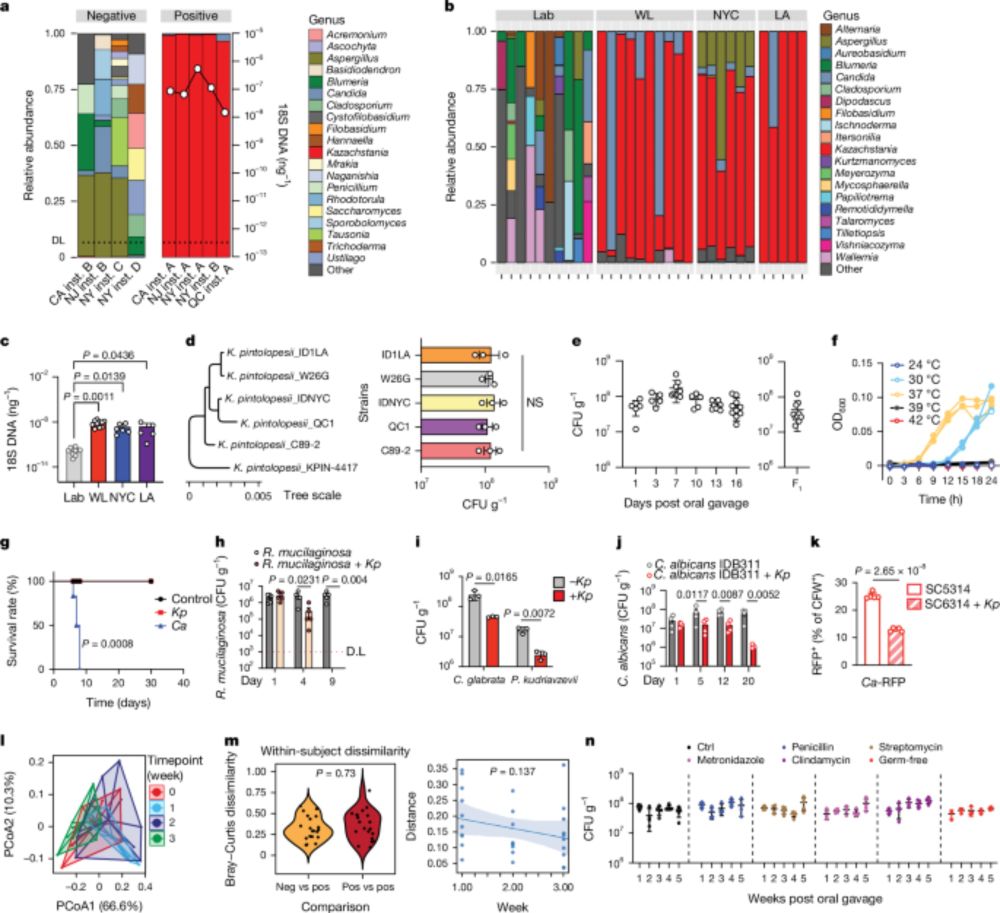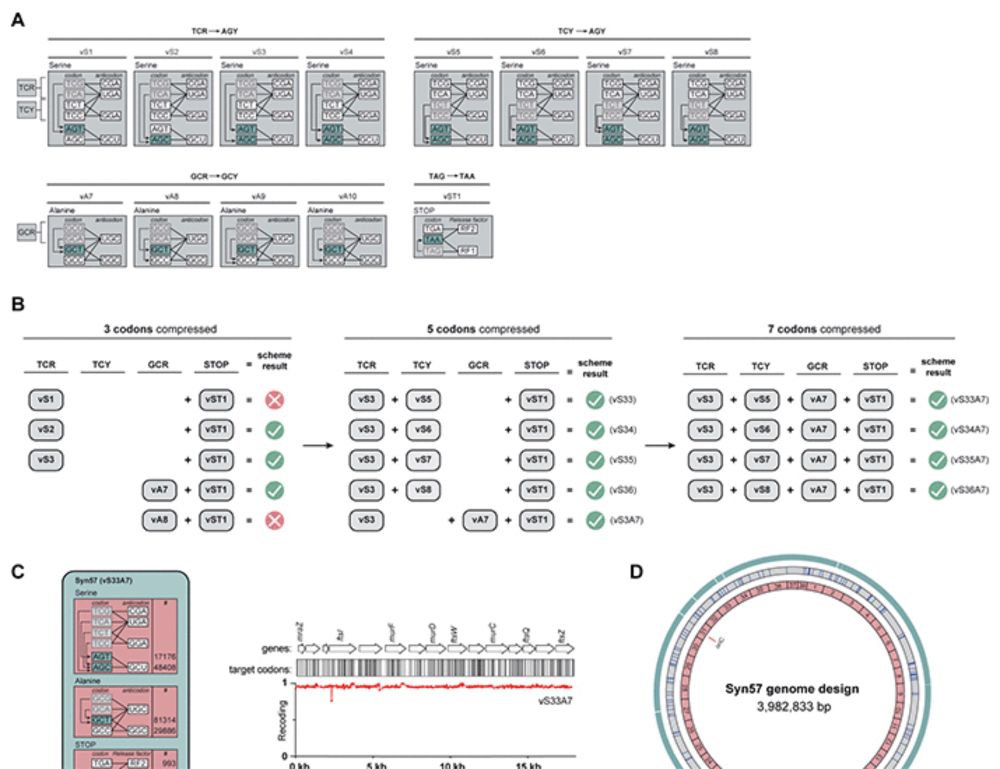
I’m sad to leave behind amazing friends, but excited to start a new chapter.
The good news? My lab members will be making the move with me, and we’ll advertise several new positions.
Read more ➡️ buff.ly/VvHHwSQ

I’m sad to leave behind amazing friends, but excited to start a new chapter.
The good news? My lab members will be making the move with me, and we’ll advertise several new positions.
Looking forward to working with this fantastic community to tackle complex global challenges through interdisciplinary collaboration!
cifar.ca/cifarnews/20...


Looking forward to working with this fantastic community to tackle complex global challenges through interdisciplinary collaboration!
cifar.ca/cifarnews/20...


“Ancient co-option of LTR retrotransposons as yeast centromeres”
www.biorxiv.org/content/10.1...

“Ancient co-option of LTR retrotransposons as yeast centromeres”
www.biorxiv.org/content/10.1...
If you are interested in writing a fellowship with me, get in touch!
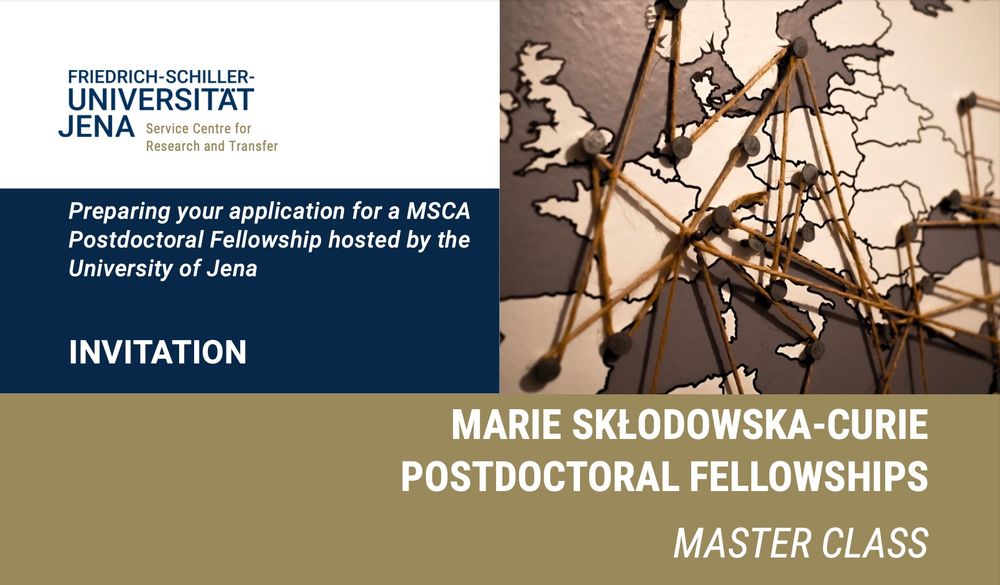

If you are interested in writing a fellowship with me, get in touch!
doi.org/10.1093/nar/...

doi.org/10.1093/nar/...


www.pnas.org/doi/10.1073/...
www.pnas.org/doi/10.1073/...
www.tandfonline.com/doi/full/10....
Hereʻs a link to the PDF:
amendlab.com/wp-content/u...
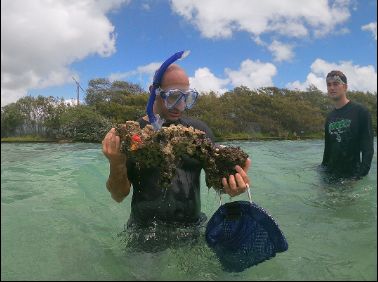
www.tandfonline.com/doi/full/10....
Hereʻs a link to the PDF:
amendlab.com/wp-content/u...
www.science.org/doi/10.1126/...
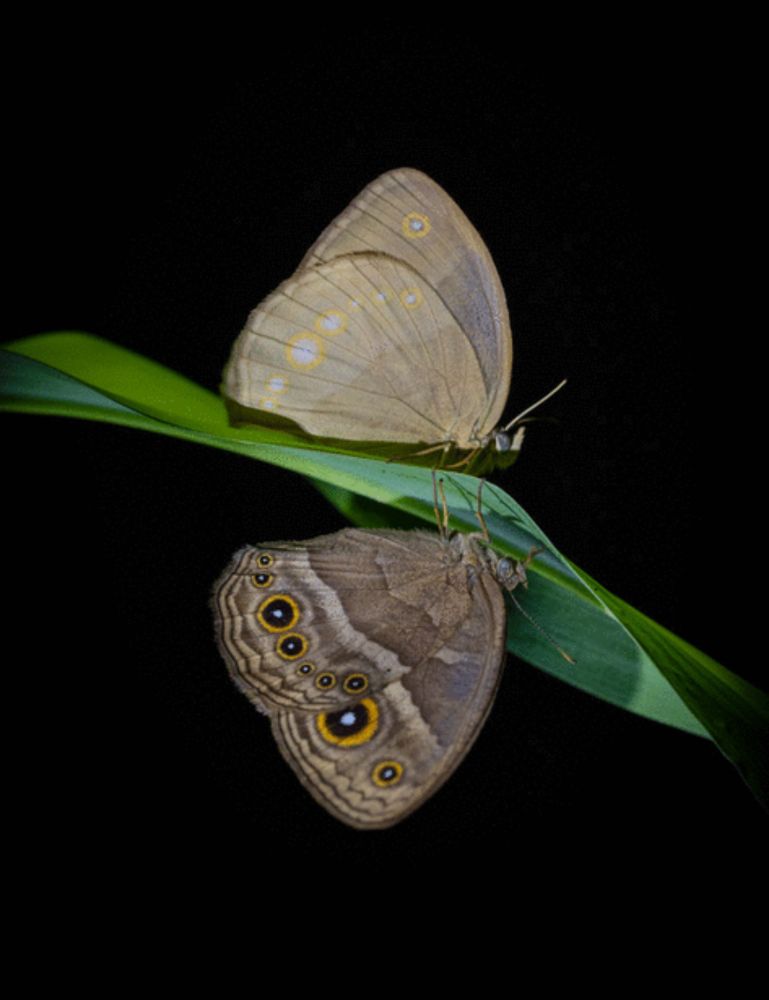
www.science.org/doi/10.1126/...
If you're into RNA editing by ADARs, double-stranded RNA (dsRNA) sensing, post-transcriptional gene regulation and CRISPR screening, then read on! 1/X
www.science.org/doi/10.1126/...
#RNASky #ImmunoSky
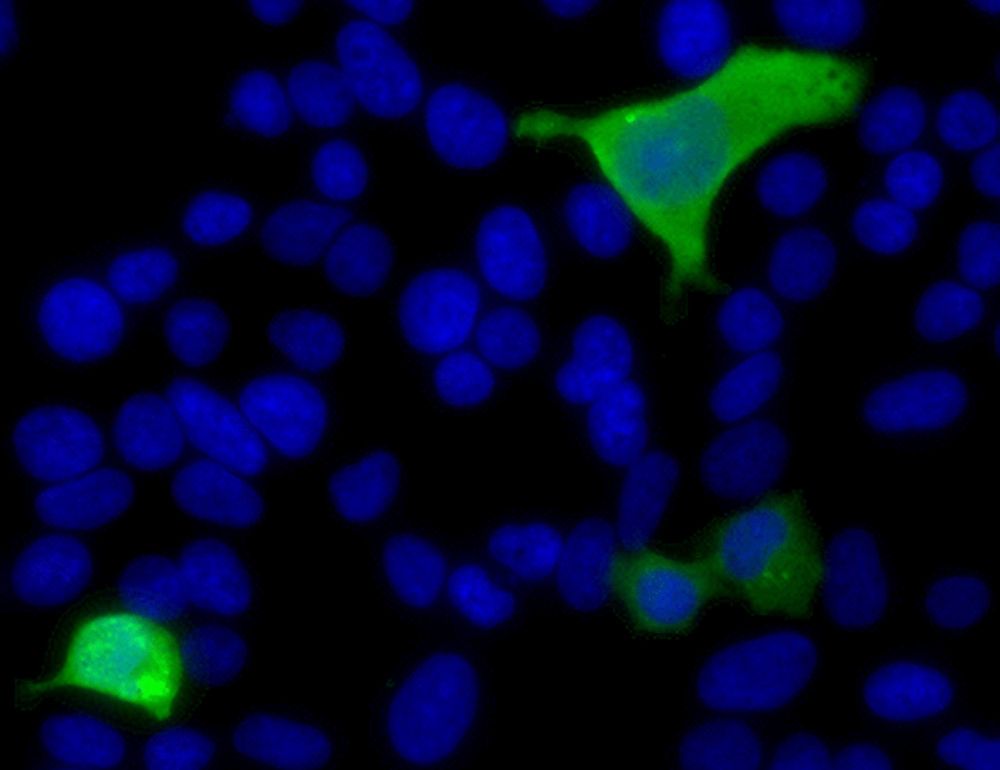
If you're into RNA editing by ADARs, double-stranded RNA (dsRNA) sensing, post-transcriptional gene regulation and CRISPR screening, then read on! 1/X
www.science.org/doi/10.1126/...
#RNASky #ImmunoSky
A Place of Joy.

We are advertising for a project looking at epigenetic inheritance in Drosophila at the Department of Biology, University of Oxford @oxfordbiology.bsky.social Please get in touch if you are interested! Only 1 month left to be considered for funding.
www.findaphd.com/phds/project...

We are advertising for a project looking at epigenetic inheritance in Drosophila at the Department of Biology, University of Oxford @oxfordbiology.bsky.social Please get in touch if you are interested! Only 1 month left to be considered for funding.
www.findaphd.com/phds/project...
« The mScarlet family of fluorescent proteins keeps growing! Meet mScarlet3-H (aka mYongHong), an ultrastable RFP ideal for many advanced microscopy applications. Plasmids are now available via WeKwikGene!
wekwikgene.wllsb.edu.cn/plasmids?sea... »
« The mScarlet family of fluorescent proteins keeps growing! Meet mScarlet3-H (aka mYongHong), an ultrastable RFP ideal for many advanced microscopy applications. Plasmids are now available via WeKwikGene!
wekwikgene.wllsb.edu.cn/plasmids?sea... »

"Gut physiology and environment explain variations in human gut microbiome composition and metabolism."
www.nature.com/articles/s41...
Definitely worth checking out if you work on animal microbiomes, especially in the gut
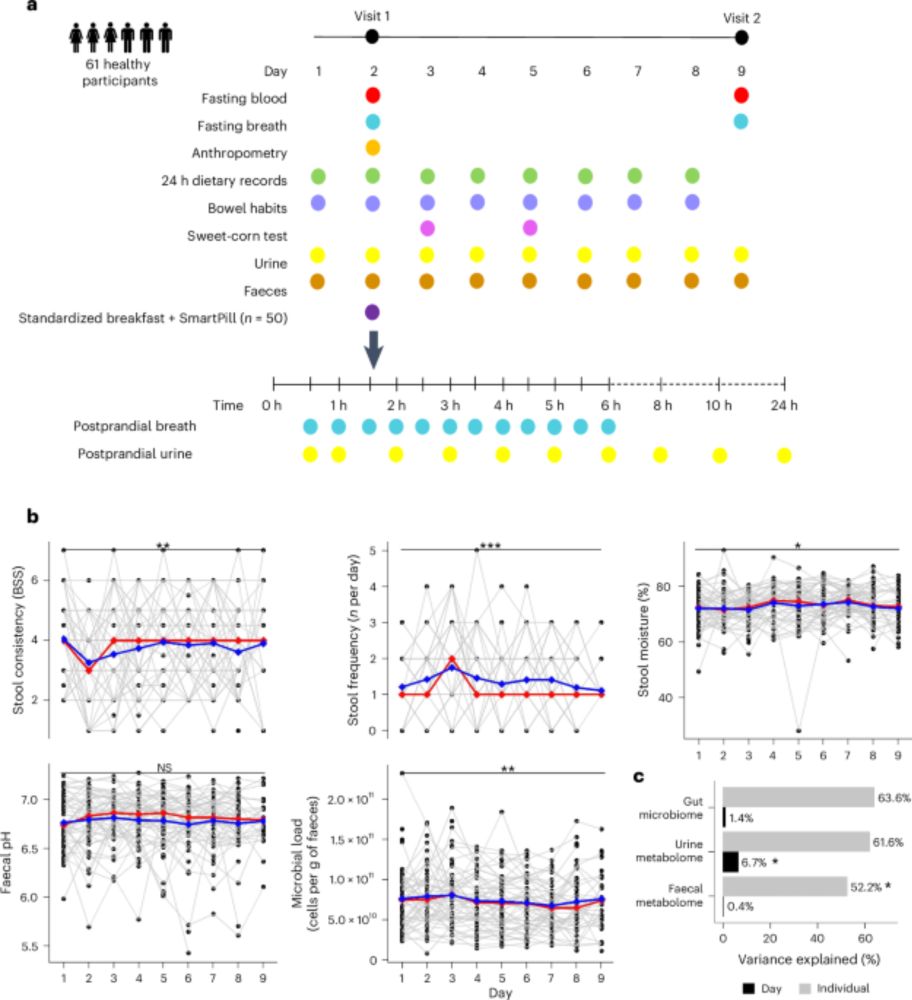
"Gut physiology and environment explain variations in human gut microbiome composition and metabolism."
www.nature.com/articles/s41...
Definitely worth checking out if you work on animal microbiomes, especially in the gut
www.nature.com/articles/s41...

www.nature.com/articles/s41...
